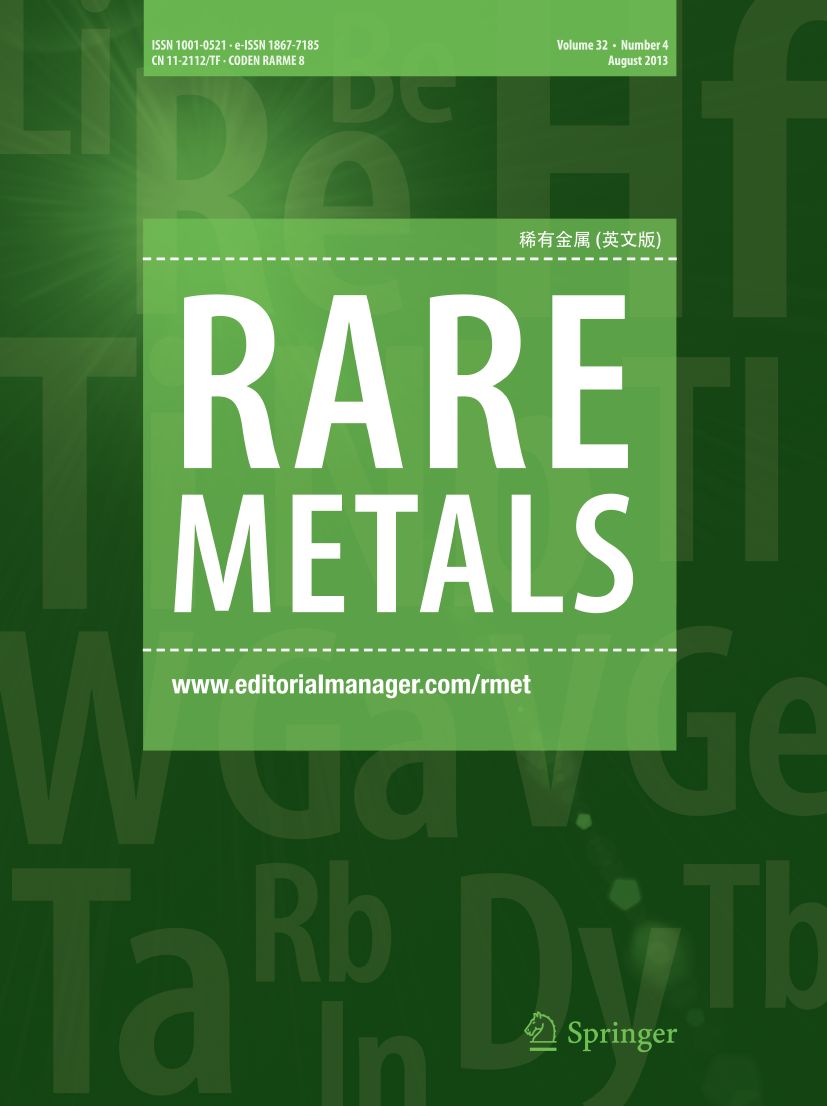Interface engineering and anion etching facilitating electronic modulation and surface reconstruction of FeSe@NiSe heterostructure catalysts to promote water splitting
Abstract
Transition metal selenides (TMSs) are effective pre-electrocatalysts and are commonly used in electrochemical processes. During the electrocatalytic oxygen evolution reaction (OER), metal cations in TMSs are in-situ reconstructed and converted into high-valence metal oxyhydroxides. However, a limited understanding of the effects of electro-oxidation and anion leaching has resulted in insufficient theoretical guidance for the rational design of efficient catalysts. Herein, FeSe@NiSe nanorods were fabricated for the OER using a facile hydrothermal selenization method supported on FeNi foam. In-situ Raman spectroscopy and multiple characterization techniques were employed to elucidate the mechanism of FeSe@NiSe surface evolution. Metal cations on the catalyst surface were reconstructed and converted into OER-active species Fe/NiOOH at low potential. As the applied potential increased, electro-oxidation and leaching of Se occurred, resulting in SeO42− adsorption on the catalyst surface, which further enhanced catalytic activity. As a result, the reconstructed FeSe@NiSe/iron-nickel foam (INF) exhibited exceptional catalytic activity for OER, achieving an ultralow overpotential of 283 mV at a current density of 100 mA·cm−2. Notably, the bifunctional FeSe@NiSe/INF electrode facilitated overall water splitting, affording a current density of 10 mA·cm−2 only at 1.53 V, even superior to the noble RuO2(+)||Pt/C(−). This work offers valuable insights into the surface evolution and electrocatalytic mechanisms of TMSs.
Graphical abstract

 求助内容:
求助内容: 应助结果提醒方式:
应助结果提醒方式:


